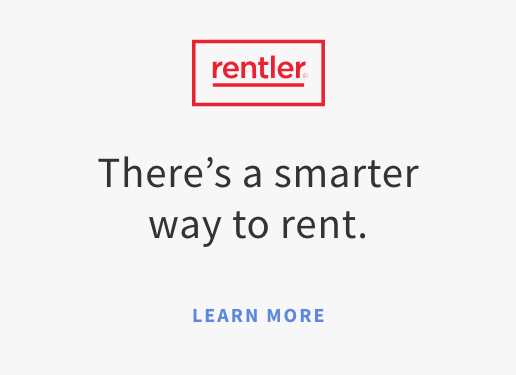There’s arguably nothing worse than relaxing in your rental home on a rainy day and suddenly dealing with water seeping into your basement. For many tenants like yourself, this scenario might sound all too familiar, and its consequences have far-reaching repercussions impacting your comfort and wallet. The potential damage is extensive, including:
- Property damage: Water seepage may damage your and your landlord’s belongings, including furniture, electronics, appliances, and the home itself.
- Structural damage: Is your rental unit mostly made of wood? Moisture can weaken its foundation and structural integrity, causing cracks to form that compromise your safety.
- Mold growth: Humid enclosed spaces are ideal breeding grounds for mold. These nasty fungi produce an irritating, musty odor and pose health risks, especially to those with allergies and respiratory problems.
Never underestimate the consequences of basement flooding. With that in mind, let’s explore the importance of waterproofing your home as a tenant to ensure those rainy evenings remain peaceful.
5 Ways to Waterproof Your Home
As a tenant, you might not have complete control over every aspect of your unit. Nonetheless, you can still take the following proactive steps to keep your living space dry and safe.
- Detect early warning signs
Before a flood, your rental home may show signs of water intrusion, especially in the basement. These indicators help determine whether it can keep water seepage at bay or if you need to start securing it. After all, early detection is vital to preventing more significant issues and damage from occurring.
Check for damp or discolored spots on walls or ceilings, indicating water soaking beneath the surface. Then, check for a musty odor from mold and mildew thriving in moist areas. As for the humidity, consider getting a hygrometer to measure the moisture in the air and a dehumidifier to reduce water vapor levels if it’s too high.
- Seal cracks and gaps
Cracks and gaps in a house’s foundation, walls, and ceiling are some of the most common entry points for water. The challenge is spotting them; while some cracks are easily visible, some are microscopic yet introduce significant amounts of water during floods.
You might not have the authority to perform significant repairs like replacing walls and reinforcing foundations. However, you could use sealants or caulking materials from your local hardware to address minor cracks. Meanwhile, swiftly alert your landlord to any more severe damage to prevent them from getting worse.
- Use a sump pump system
If your rental unit has a basement, there’s a high chance it’ll suffer from moisture problems. Industry estimates show that 98% of basements will suffer water damage one way or another, be it due to molds, property damage, or structural compromise. Why? Because these areas are underground, water doesn’t have to fight against gravity to infiltrate their ceilings, walls, and floors.
Consider installing a sump pump system for your basement. This device collects and discharges accumulated water from your property, preventing floods and subsequent water damage. While the decision to install a permanent sump pump rests on your landlord, portable options are available for easy installation, requiring a pre-installed sump pit.
- Clean gutters
The best way to mitigate indoor flooding from roof leaks is to divert flowing water into drains. However, it may be difficult to achieve if your gutters are blocked or dirty, causing water to overflow and stagnate. As a result, it’s more likely to seep into cracks in your roof, causing costly damage.
Although cleaning gutters is typically your landlord’s responsibility, you may do it yourself. You can climb on top of the house and remove leaves, dust, wood chips, and other debris accumulated over time. Always ensure safety first; if you’re unsure, ask your landlord to arrange for a professional gutter cleaner.
- Communicate with your landlord
Realistically, you shouldn’t deal with problems you didn’t create in your rental home—including those causing water damage. Your landlord is responsible for maintaining their property, so keeping open communication with them is paramount. If you notice potential vulnerabilities in your unit, bring them to the owner’s attention so they can resolve them.
Landlords have a vested interest in maintaining their property. After all, it’s their livelihood, so they usually appreciate tenants informing them about potential issues. Also, they could already have measures or resources available to address your concerns, like on-call repairers and contractors, so report any findings immediately.
Protect Your Home from Water Damage
We can’t overstate the importance of waterproofing your residence, even if it’s only a rental space. It’s where you rest comfortably, so do your best to prevent damage that could lead to costly inconveniences.
While the steps above are simple enough for tenants to follow, they significantly safeguard your home. Although it’s not yours on paper, actively maintaining it preserves your comfort and contributes to the property’s overall well-being. Prevention is better than cure—staying vigilant allows you to enjoy rainy days without worry.




